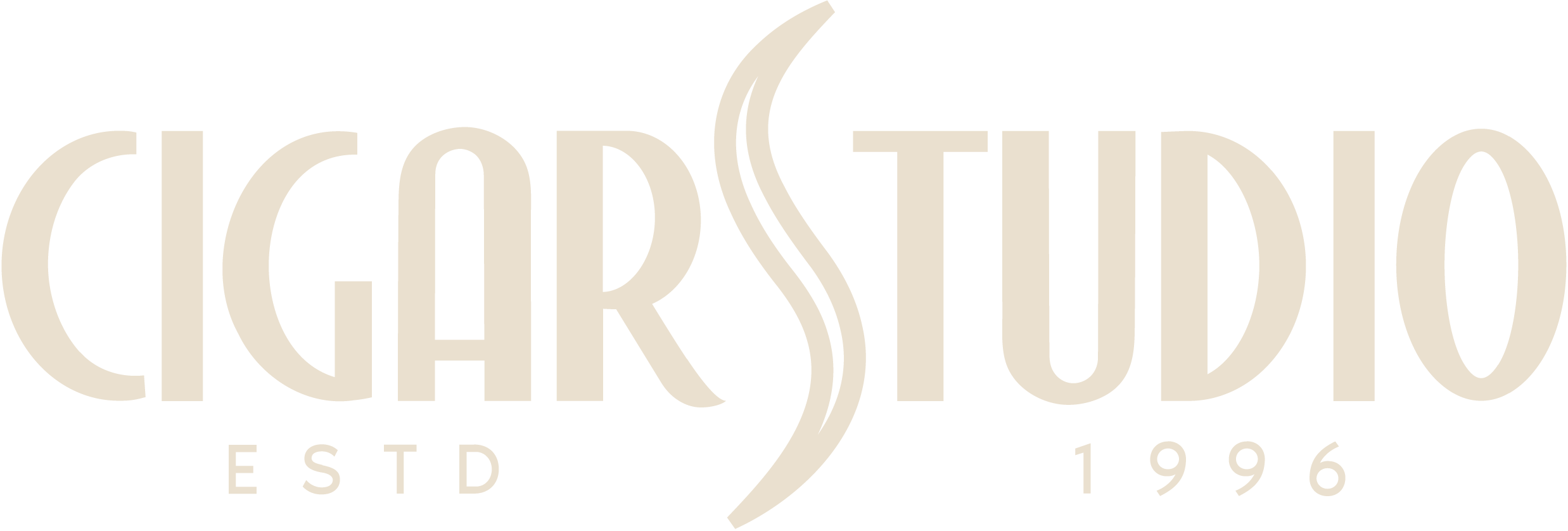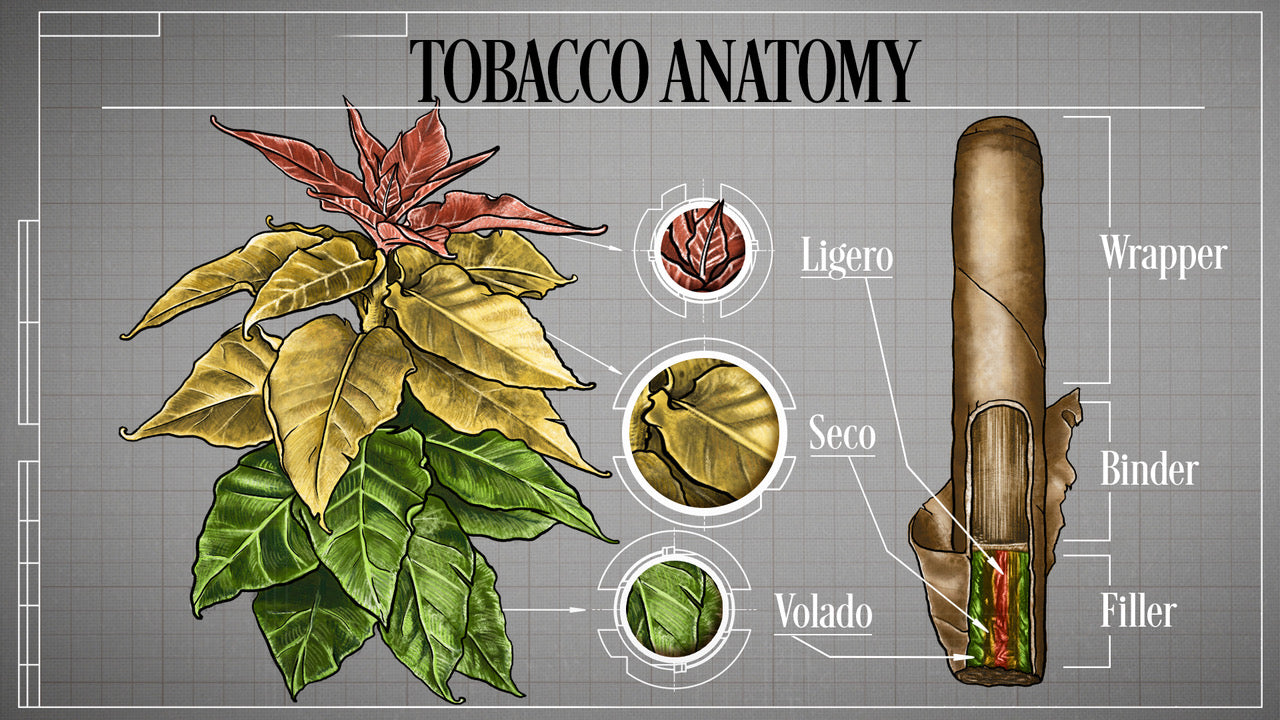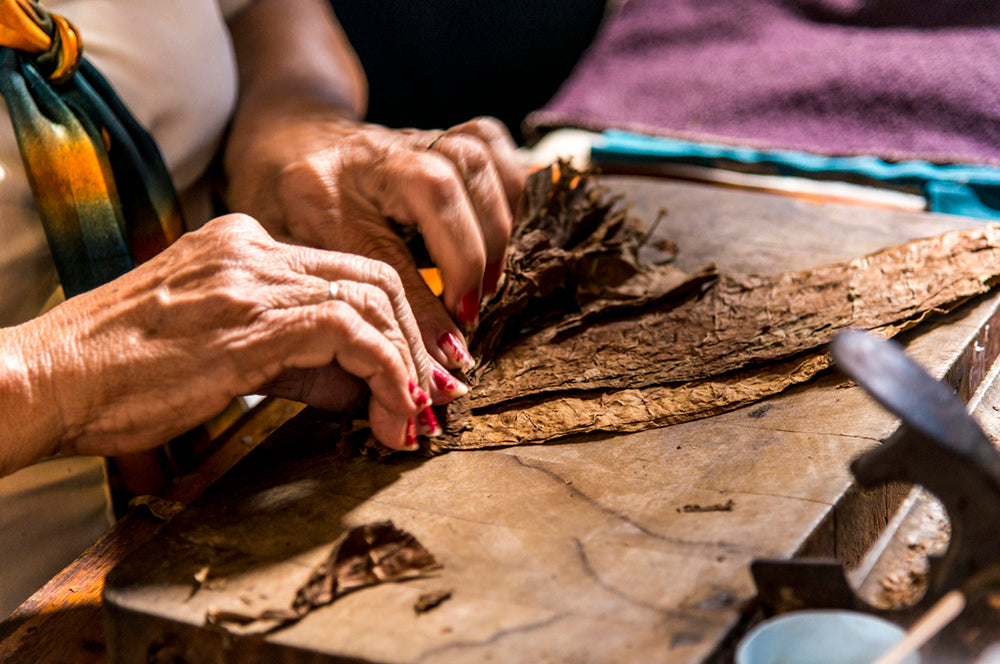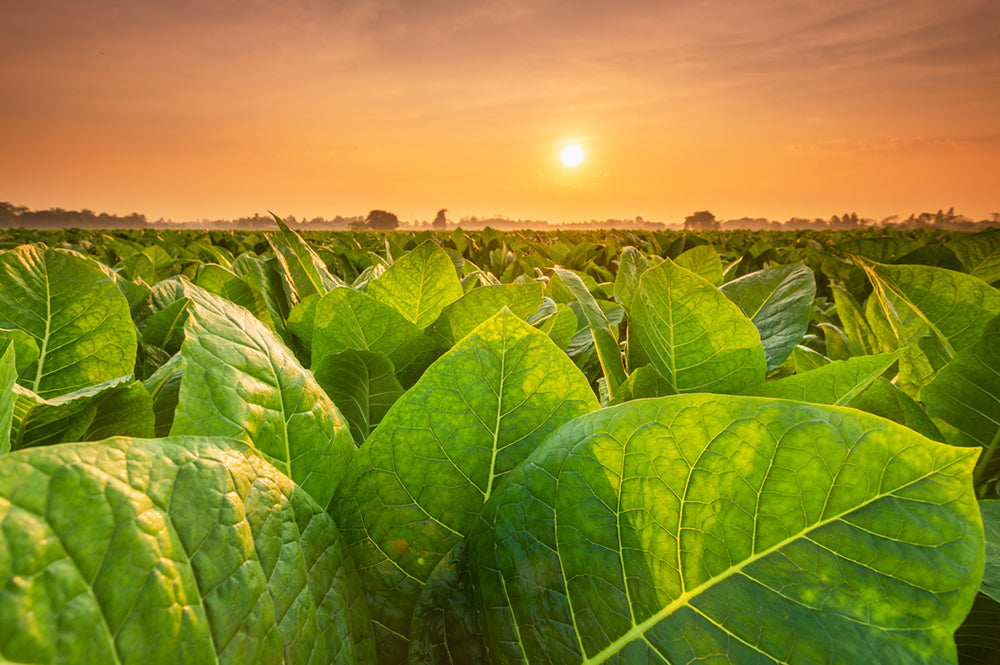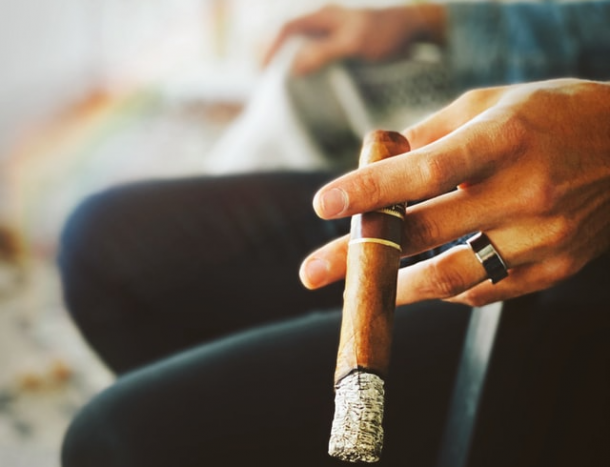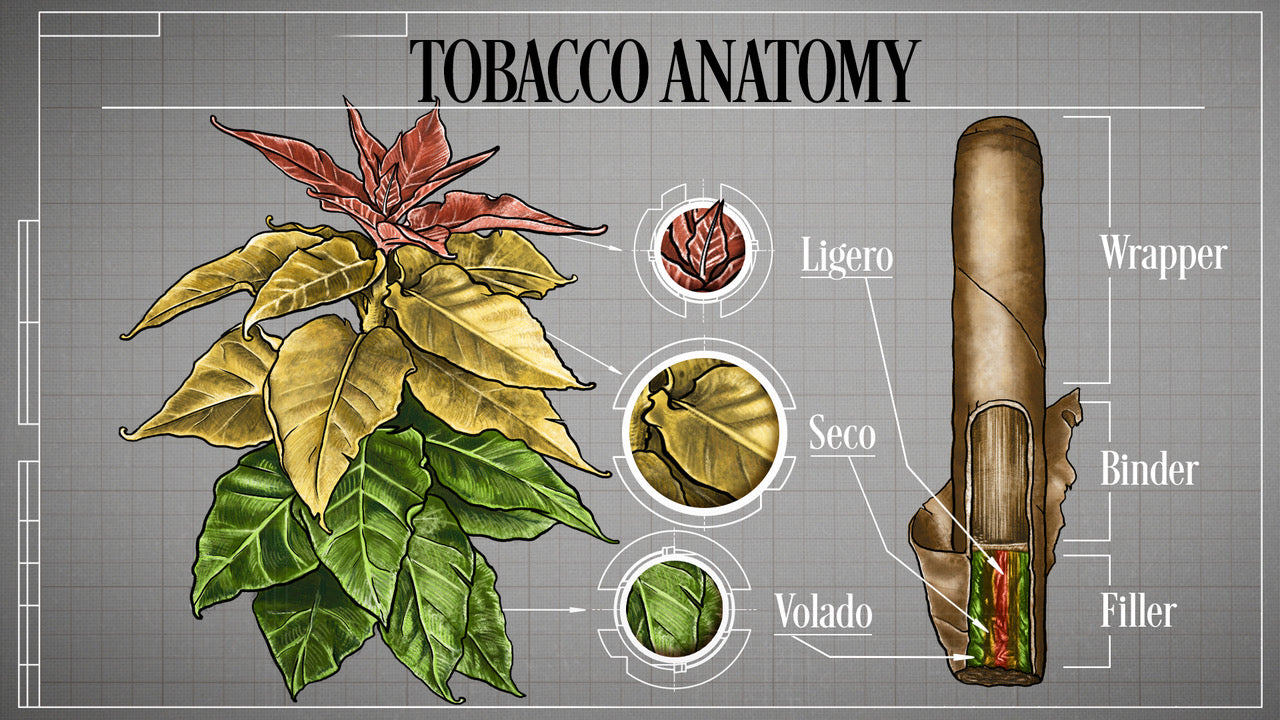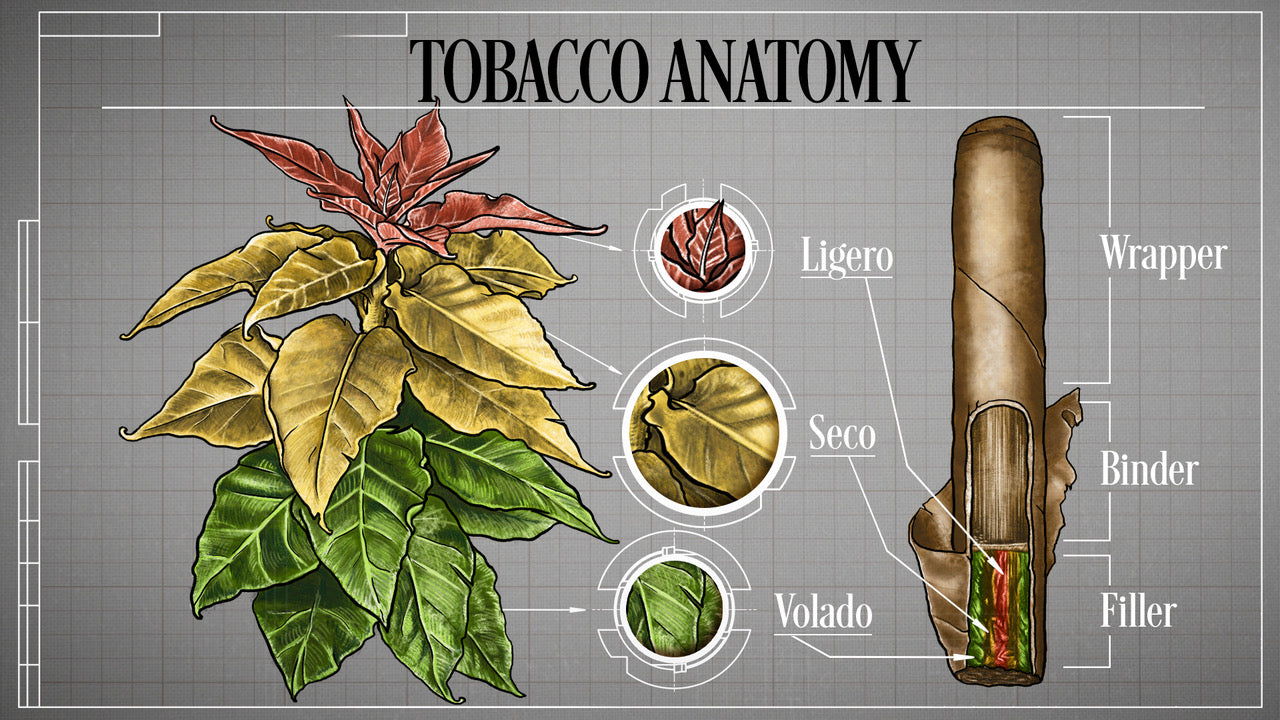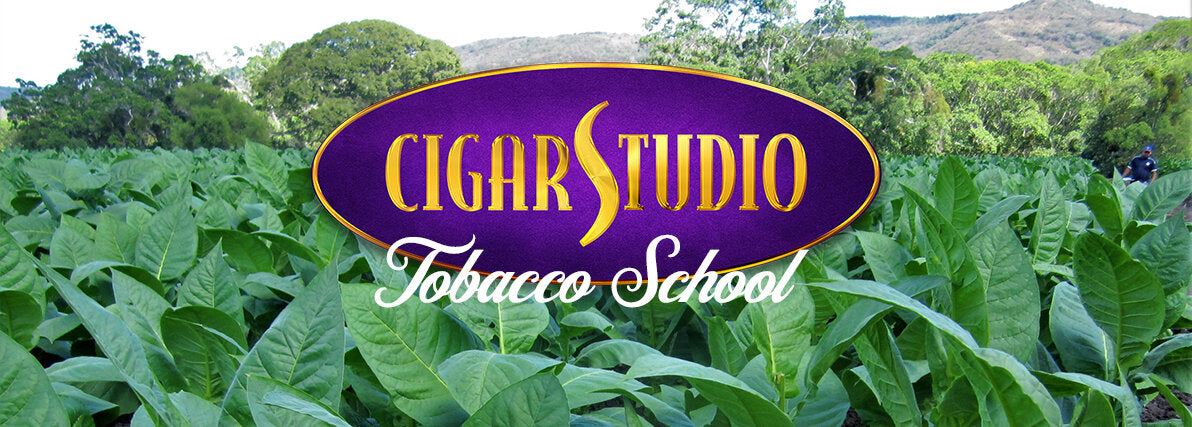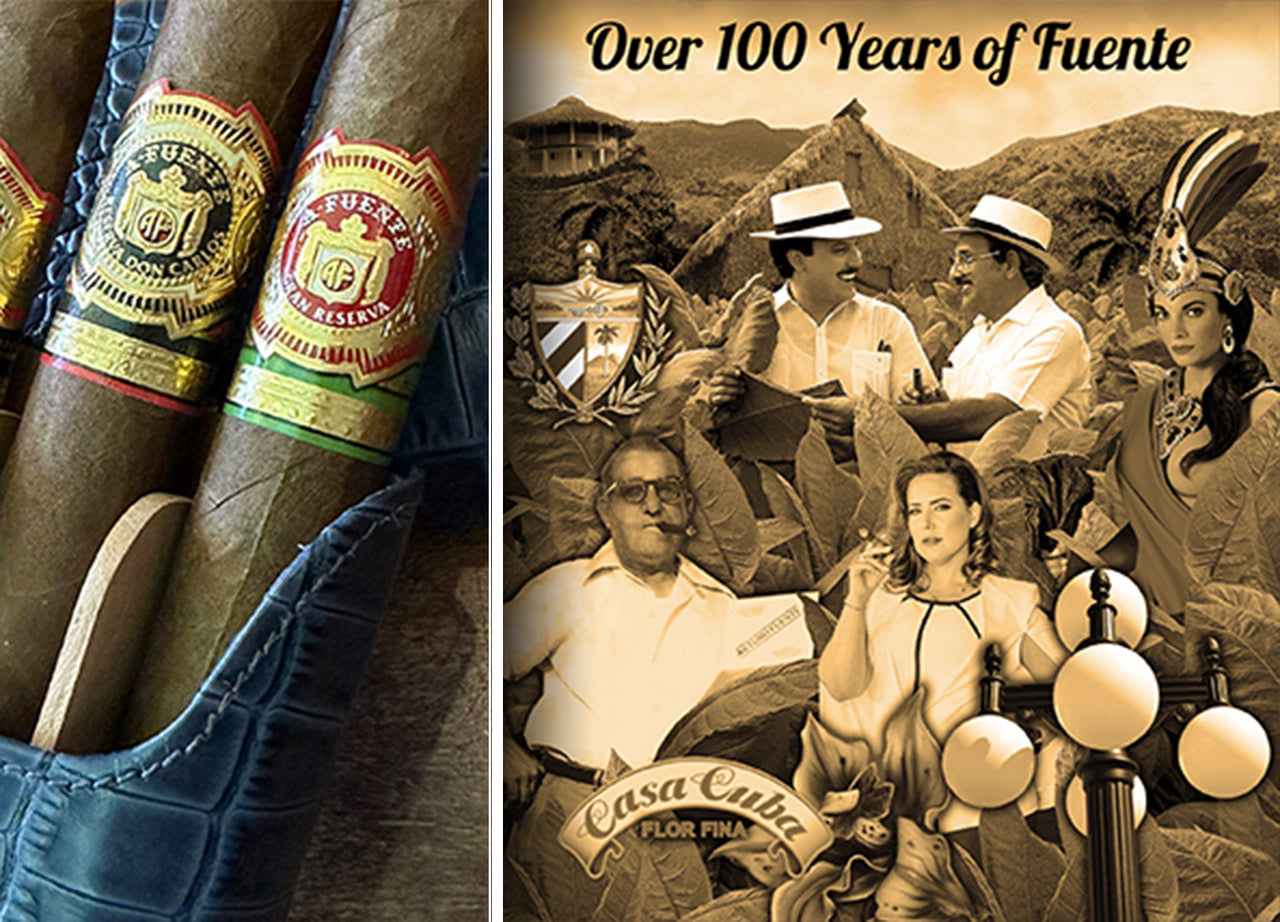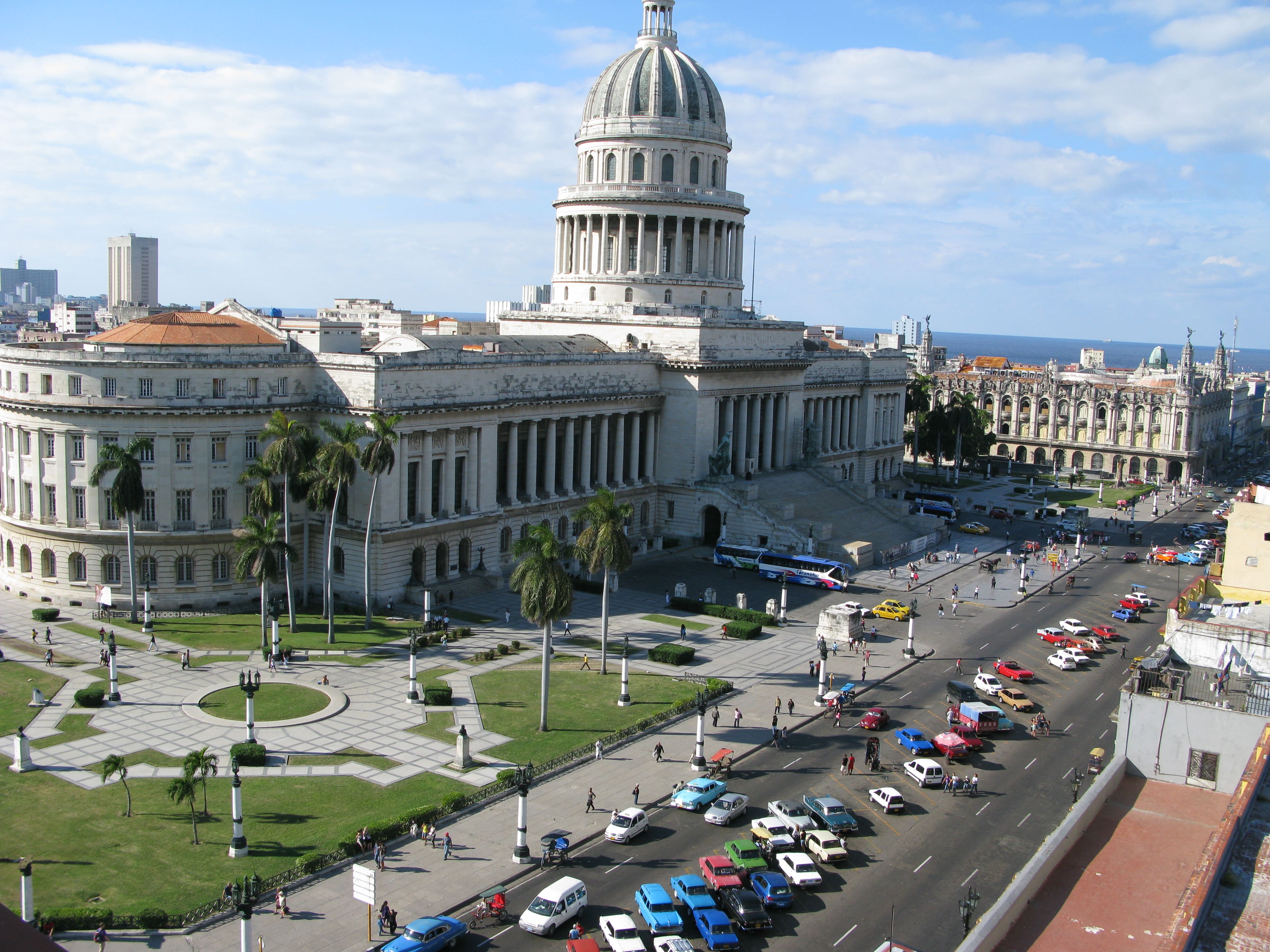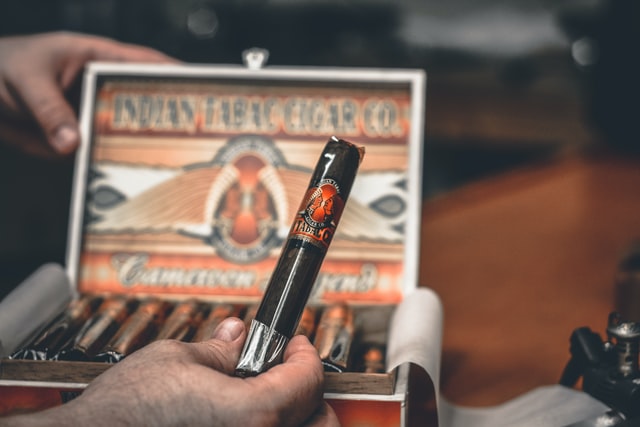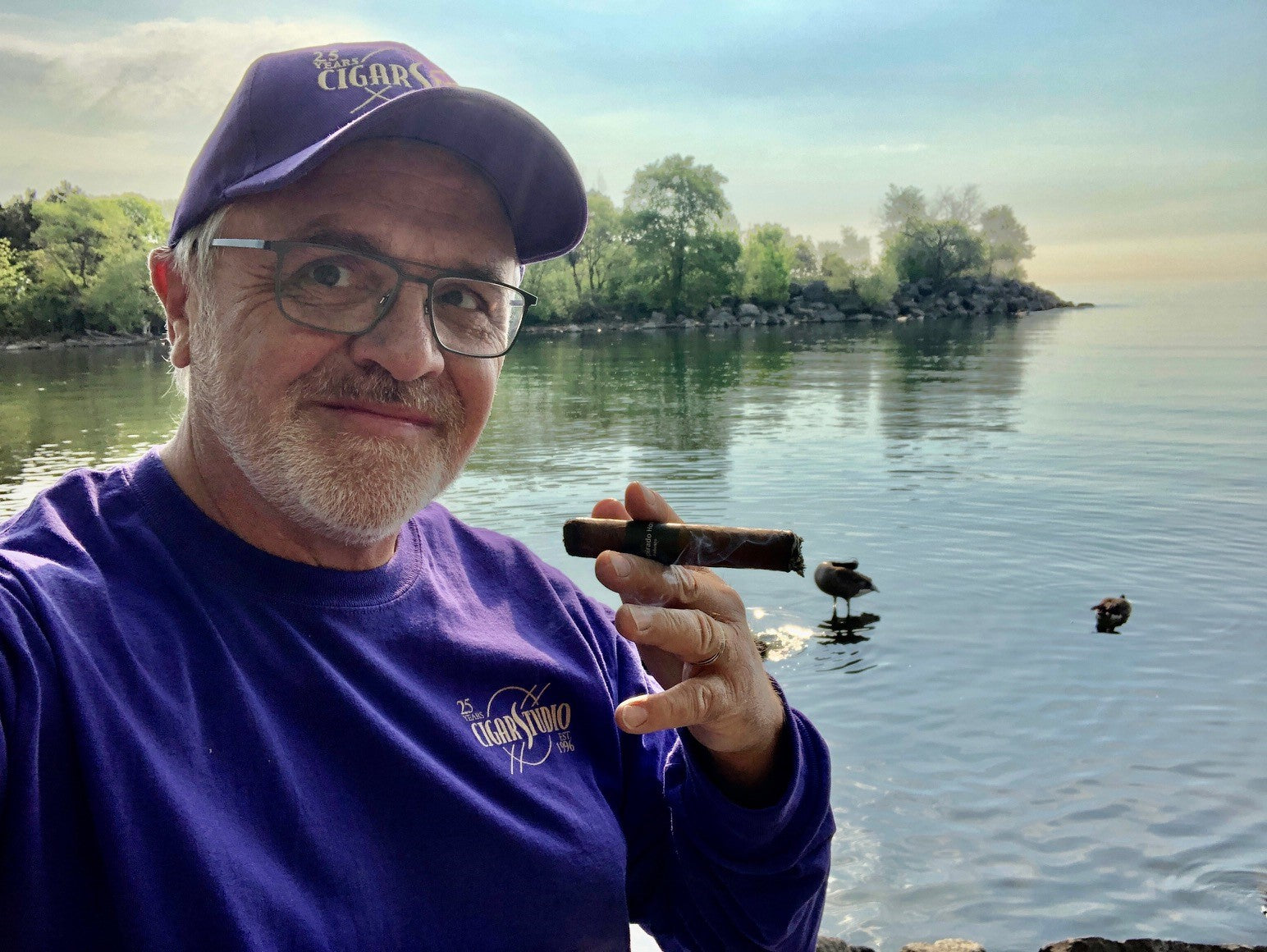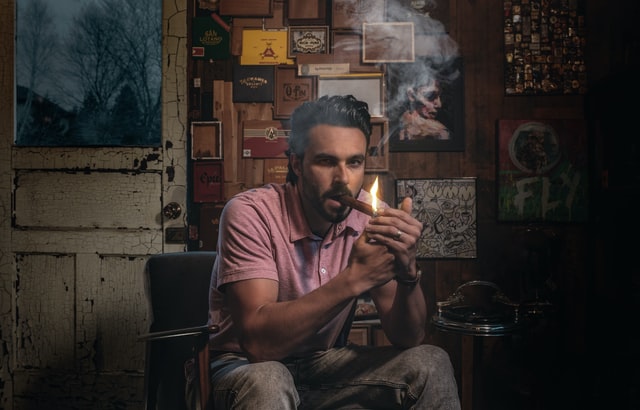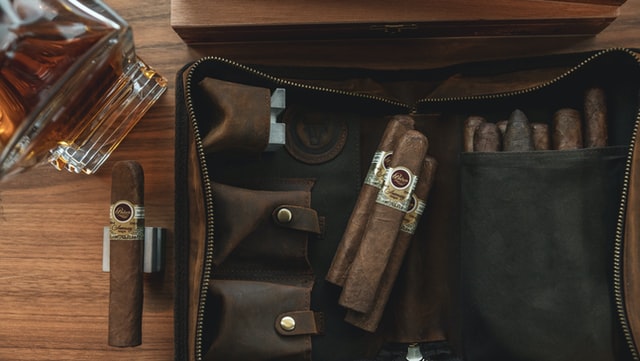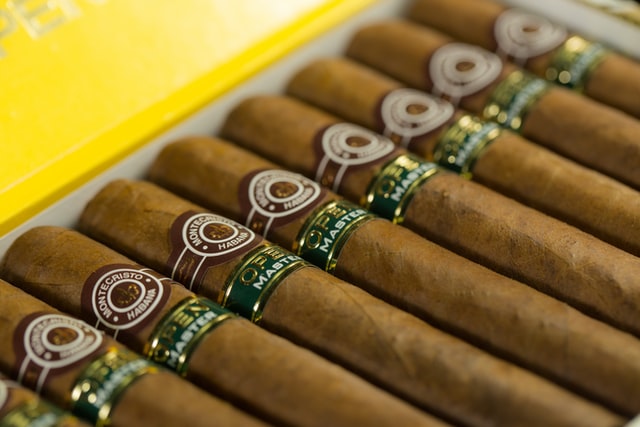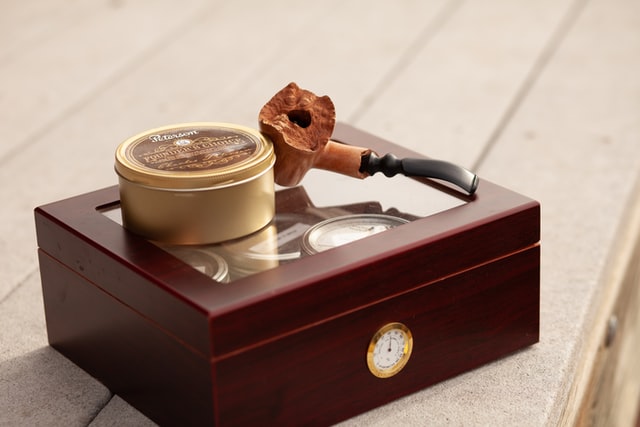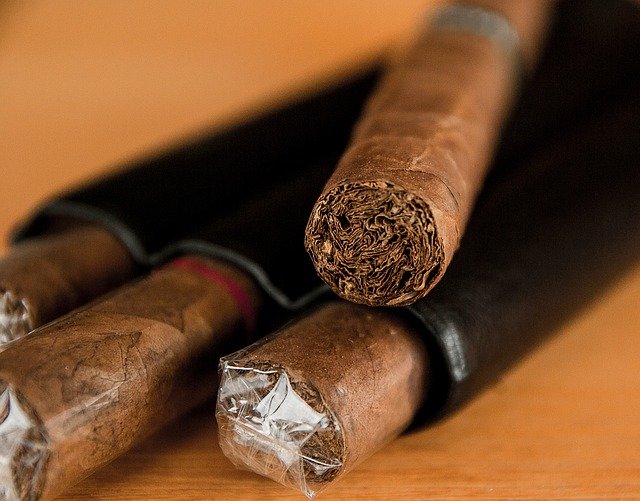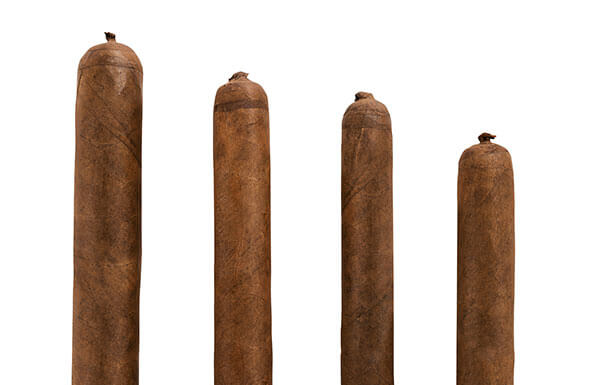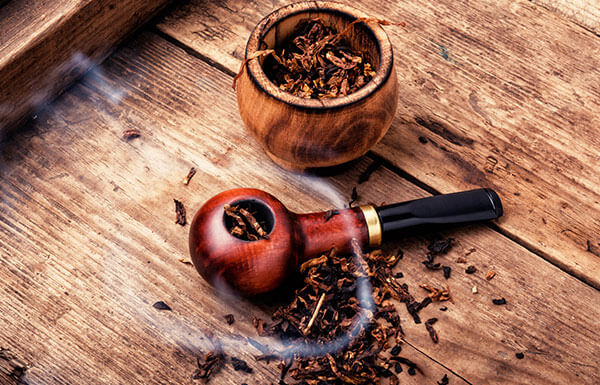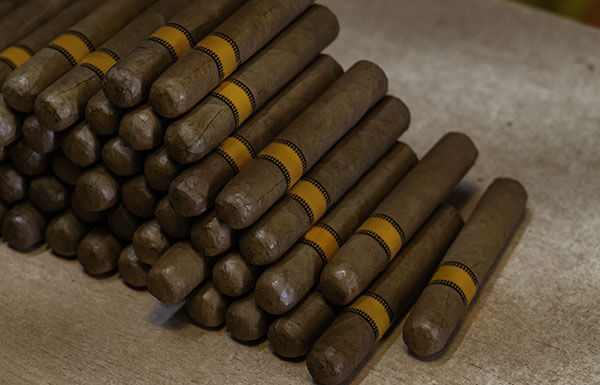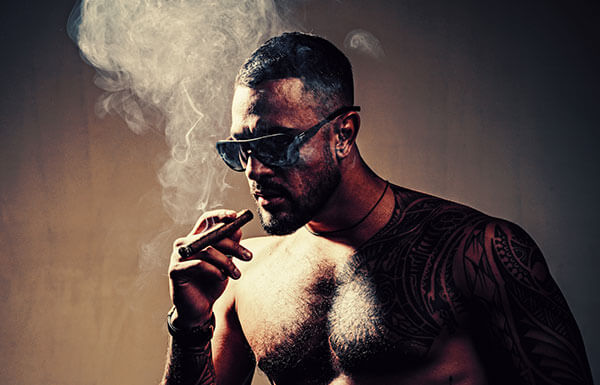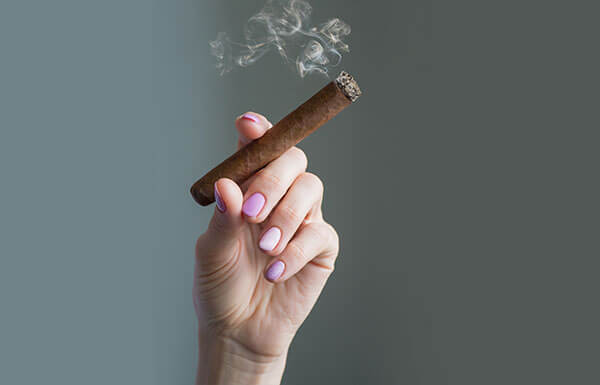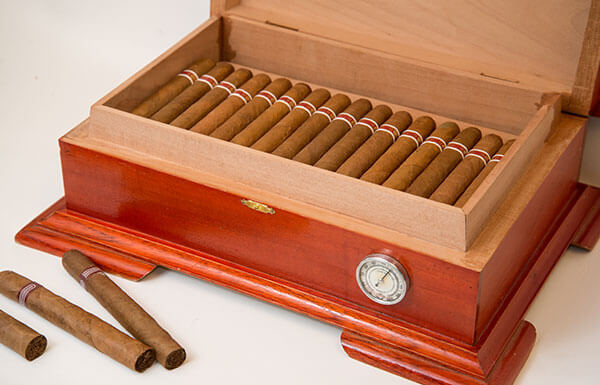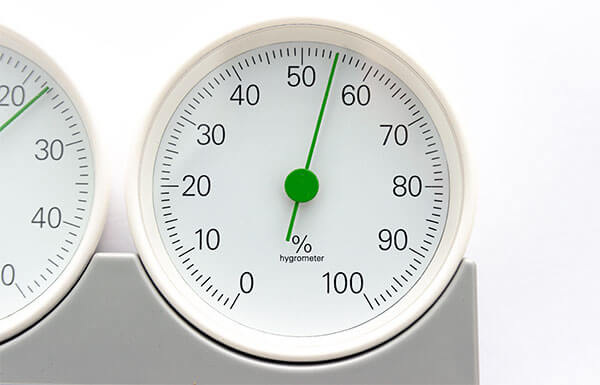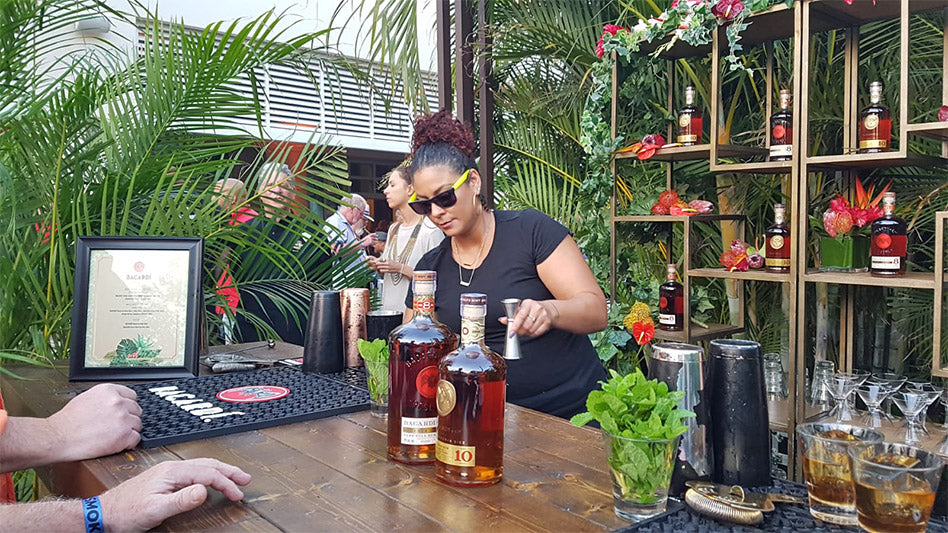Part 1 of the Cigar Studio Tobacco School focused on the important elements of the tobacco plant, the base production unit for all cigars everywhere. Part 2 provided details on how these tobaccos are used when making a cigar.
Part 3 of these tutorials will focus on the cigar wrapper. We will spend a little more time on this topic, given how important wrappers are to cigars. So important in fact, that Part 3 will be broken into an A and a B section.
The Wrapper and Its Many Variations
Several of us have been to the Perdomo Factory Tours in Esteli, Nicaragua. Everyone learned a lot over the 3 days we spent there. One of the big take aways, was the infinite number of variables that can alter the taste of a cigar—soil content, tobacco variety, climate, curing, fermentation, aging and format. But Nick and other cigar makers would agree that a cigar wrapper has the best potential to impact the subtle secondary notes great cigars will impart. How much a wrapper influences flavor depends upon type, seed origin and how it’s used. Like a chef in the kitchen, a cigarmaker must pick and choose different percentages of wrapper, binder and filler in order to create his recipe.
As mentioned in Part 2, wrapper leaves almost always come from the Seco leaves of the tobacco plant. They still have lots of flavor and are somewhat easy to work with. Ligero leaves are far too rough and course to use as wrappers (exceptions to follow), and Velado have very little flavor owing to their limited exposure to the sun.
There are two broad wrapper classifications and these are Natural and Maduro. To try and make this simple, natural and maduro are basically light and dark respectively, while encompassing a number of more specific wrapper types. Note when the same cigar is offered in both a Natural and a Maduro wrapper, the Natural is typically (but not always) milder and while the Maduro delivers a sweeter, earthier taste.
The remainder of Part 3a will review Natural Cigar Wrappers.
Natural Wrappers
A number of manufacturers and consumers use Natural as a blanket term to describe a host of wrapper types, basically any wrapper that is not Maduro. The reason for this is that maduro wrappers are not grown naturally per se, but under go a man made fermentation process where naturally grown tobacco is turned into maduro tobacco. We will review this again in Part 3b. Natural wrappers becomes a broader class encompassing Connecticut (or Connecticut Shade) Ecuador, Broadleaf, Cameroon, Sumatra, Corojo and Habano. It is also worth noting, that of the 3 section/types of the tobacco plant reviewed in Part 1, seco is most often the leaf from where wrappers are sourced.
In our review that follows, we will identify the cigars we carry at the shop, which are finished with these various wrappers.
Shade Grown Wrappers – These are the most well known natural wrappers. There are two ways to provide “shade”. Covering tobacco plants with cheesecloth minimizes the impact of the sun on plants desired for their wrapper leaf. The lack of sunlight produces extremely delicate leaves, reduces the nicotine buildup, produces minimum veins and provide leaves that turn a light brown, golden color during curing. The Connecticut River Valley in the USA is where farmers began to grow tobacco plants covered in cheesecloth – the river runs north from Hartford, Connecticut, through the middle of Massachusetts and up through the shared border of Vermont and New Hampshire. Connecticut shade grown tobacco is some of the most expensive in the world given all the labor associated with its production and yield loss due to damage by extra handling.
Shade wrappers are also now grown in many countries like Nicaragua, Honduras and Ecuador. The later country is renowned for their shade wrapper where cheesecloth is rarely used given the natural weather conditions there, as clouds take the place of cheesecloth in filtering out the harsh sunlight. The first time I experienced seeing tobacco growing under 4shade was on a Rocky Patel tour in Danli Honduras where the outside temperature was 30 plus degrees while inside the “topado” (Spanish for covering) was 10 degrees cooler. Both the Ashton Classic Line and the Arturo Fuente Chateau lines use Connecticut Shade, so does the Nub Connecticut by Oliva, as does the Macanudo Café Hyde Park. Its little cousin the Macanudo Ecuador uses Ecuadorian Shade wrapper.
You can see the differences in the leaf texture between shade versus sungown tobacco”. 



The difference in wrapper color between a cigar with a sun gown wrapper versus shade grown wrapper is clearly visible with these pairs of Oliva and Ashton cigars.
Cameroon Wrappers – Cameroon wrappers are grown in the African nation of Cameroon, as well as the neighboring Central African Republic. Prized for their lush flavors, both the Fuente Hemmingway Series and the Don Carlos Series use Cameroon wrappers as does the Oliva Nub Cameroon. These leaves are distinct for their delicate but dry textures and a light to medium-brown appearance. Growing tobacco in Cameroon is not easy given all the political unrest but the countries’ rich soils yield unique flavors that cigar lovers appreciate.

Corojo Wrappers – Its hall of fame status is due to the fact it originated in Cuba, For years Cubans used the leaf for wrappers that carried a significant level of spice. But it was always susceptible to decease in that country so it has been replaced there by newer hybrids. Today, corojo wrappers are grown mainly in Honduras and Nicaragua. Honduras grows pure Corojo, but hybrids also are grown in many other regions. Punch Gran Cru cigars use corojo wrappers as do Kristoff Corojo.
Ecuador Wrappers – There are two main reasons why the biggest players in the cigar industry love wrappers from Ecuador: its soil and its cloud-filled skies. Ecuador is home to 32 active volcanoes. The ash and other volcanic residue act as organic fertilizer, making the soil rich in minerals and ideal for growing tobacco. Then there’s the cloud cover that acts as a natural shade, naturally mimicking the cheesecloth requirement for making shade grown tobacco in areas like Connecticut. . Add in the constant successful experiments with planting various seeds from some of the afore mentioned tobaccos, and the variety of cigars using Ecuador wrappers is endless; Ecuadorian Connecticut Shade (Perdomo 10th Anniversary), Ecuadorian Habano (Alec Bradley Gatekeeper), Ecuadorian Sumatra (Ashton VSG and My Father The Judge).

Habano Wrappers – Literally meaning from Havana, these wrappers were born in Cuba to replace the disease riddled corojo. They are dark, spicy and rich in aroma. There are really two strains of Habano wrapper leaf, the Habano and the Habano 2000, and these seeds are planted in almost all tobacco growing countries. The EP Carillo Pledge Prequel (made in Nicaragua) uses a Habano wrapper grown in Connecticut; the Oliva Serie V Double Robusto (also made in Nicaragua) uses an Ecuador Sun Grown Habano.

Broadleaf Wrappers – As the name suggests, broadleaf is short tobacco plant that produces huge leaves. Some of the best grown broadleaf is grown in Connecticut. It is very hard to handle so most broad leaf is stalk cut, meaning farmers do not pick the leaves but rather cut the entire stalk and its 5-7 leaves. After curing, it produces a very dark and hearty leaf, and while this heartiness makes it a perfect leaf for the rigor of making maduro, some of the worlds most famous full body cigars use these wrappers; Liga Pravada No 9 and CAO Flathead Series.

Stay tuned for Part 3 b, where we will focus exclusively on the magic of maduro wrappers.
